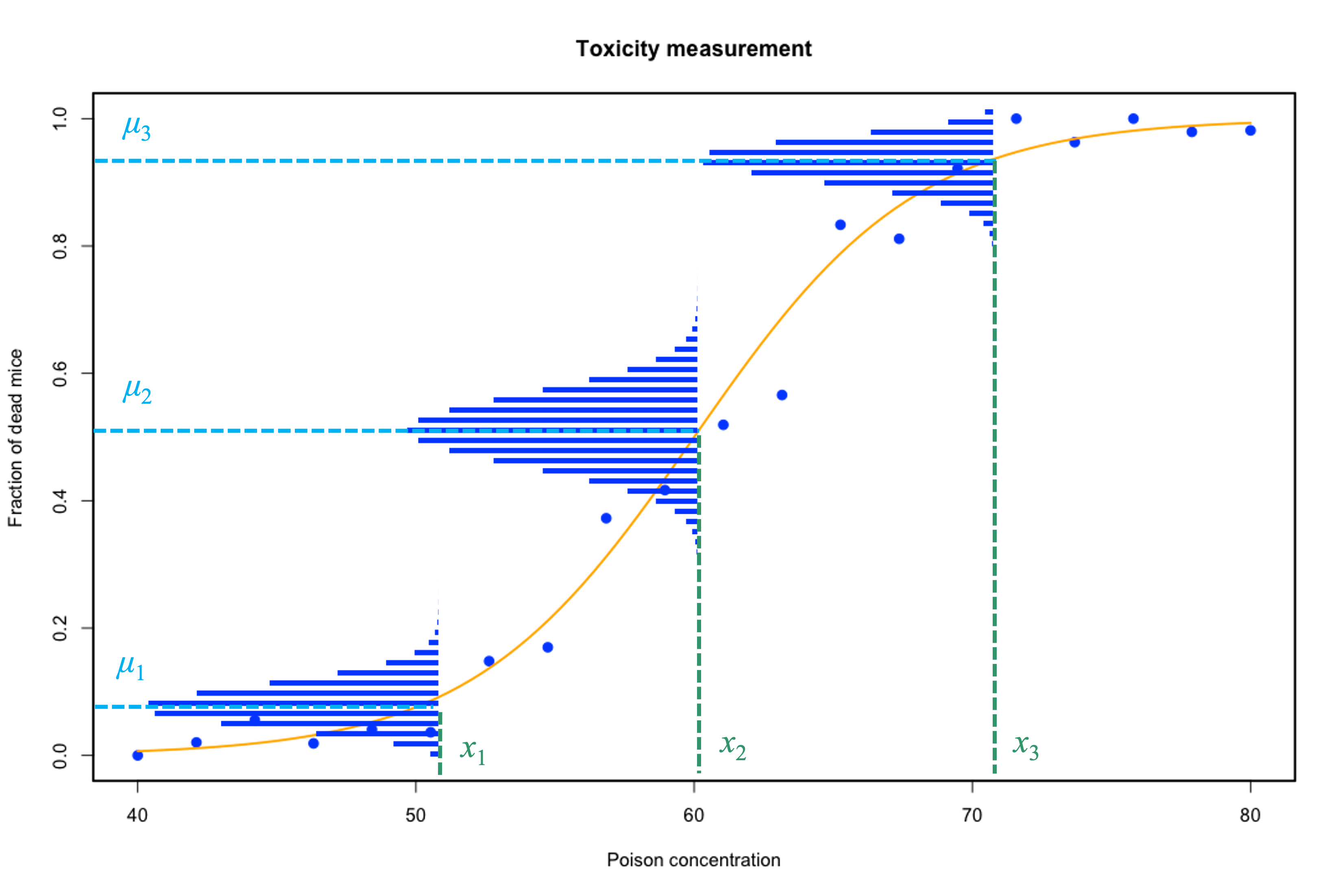Generalised linear models

In our experiments we often count how many times something happened: how many mice died, how many people got infected by a pathogen etc. You need "counting statistics" techniques to analyse these data. This course teaches you one such technique, "generalised linear models" (GLMs). Please note that we cannot go into the specific data analysis problems of your particular project.
Instructor: András Aszódi.
Topics
Somewhat morbidly the examples in this course revolve around life and death.
- How many mice will die of poisoning? Fitting dose-response curves with a binomial GLM
- How many people will die of old age? Mortality rates and the Poisson GLM
- The Ebola epidemic: Quasi-Poisson and negative binomial GLM
- Back to the roots: Ordinary Least Squares (OLS) regression as a special case of GLM
Out of scope
This course will not teach you bioinformatics. In particular, no high-throughput sequencing data will be used because they are impractically large, and not everyone on campus is working with sequencing.
Prerequisites
- Mandatory: Good understanding of basic statistics concepts. If you have attended our Think Statistics with R course, then you are all set.
- Recommended:
- Familiarity with linear regression. Our Linear Regression course gives you a solid overview.
- Basic familiarity with R. Our R as a programming language course provides you with the necessary knowledge.
Practical information
Number of participants: minimum 5, maximum 10.
Length: The course takes one half-day, from 09:00 to 13:00 with 2 breaks.